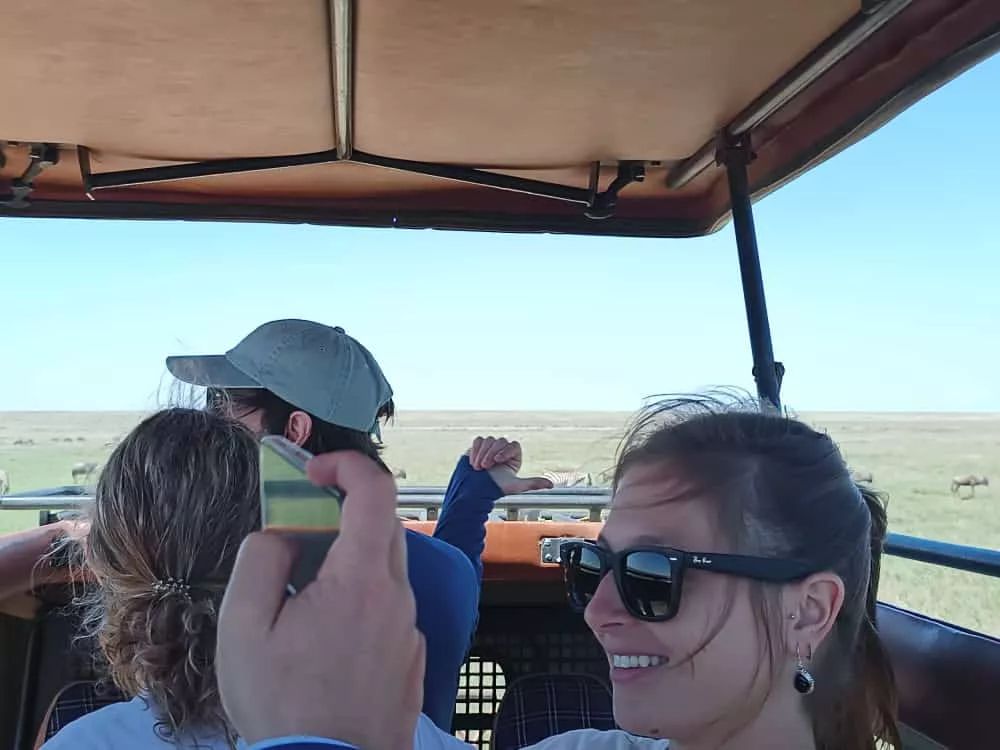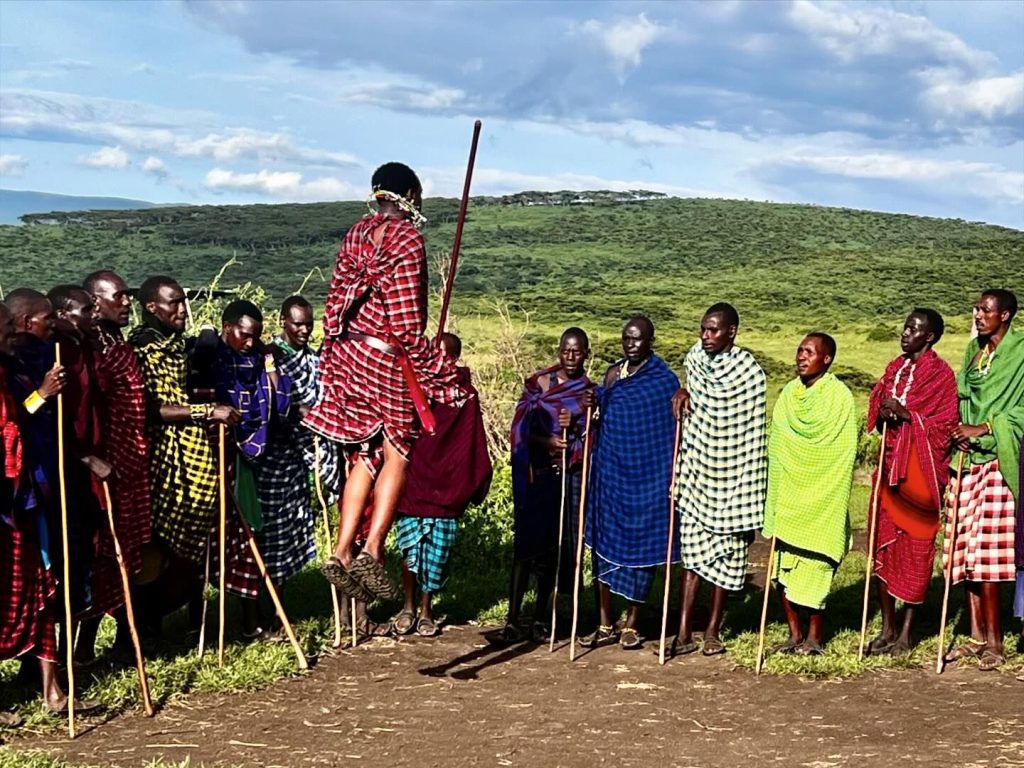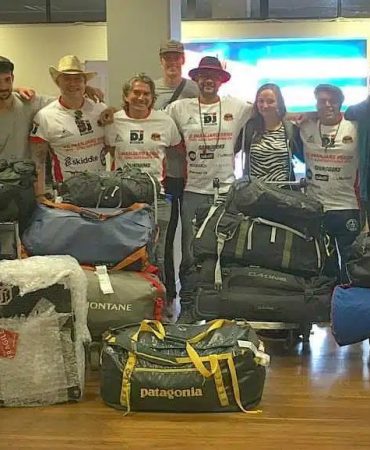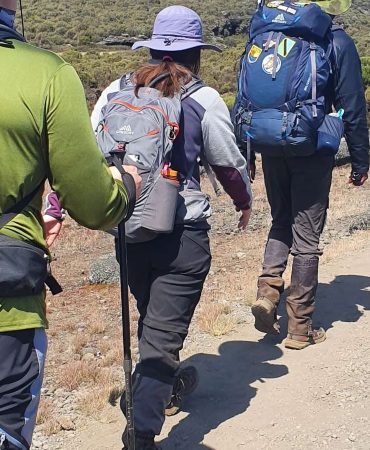Kilimanjaro in Africa: Discover your ultimate guide to exploring this majestic mountain with tips and insights from East Africa Travel Company.



Kilimanjaro in Africa
Introduction
Mount Kilimanjaro, located in Tanzania, is the highest mountain in Africa and one of the most iconic peaks in the world. Standing at 5,895 meters (19,341 feet), it attracts thousands of climbers and adventurers each year. This guide provides comprehensive information about Kilimanjaro, making it an essential read for anyone planning to conquer this majestic mountain.
Geographical Information
Location of Mount Kilimanjaro
Kilimanjaro is situated in northeastern Tanzania, near the border with Kenya. It is part of the Kilimanjaro National Park, a UNESCO World Heritage Site. The mountain consists of three volcanic cones: Kibo, Mawenzi, and Shira, with Kibo being the highest.
Climate of the Region
The climate on Kilimanjaro varies significantly with altitude. The base of the mountain experiences tropical weather, while the summit has arctic conditions. There are two main climbing seasons: January to March and June to October, with the latter being the more popular due to drier conditions.
Best Times to Visit
The best times to visit Kilimanjaro are during the dry seasons, which offer the most stable weather conditions. January to March is cooler and less crowded, while June to October provides warmer temperatures and clearer skies.
Historical Context
Discovery and Naming of Kilimanjaro
Kilimanjaro was first documented by European explorers in the 19th century. The name “Kilimanjaro” is thought to be derived from the Swahili word “Kilima” (mountain) and the Chagga word “Njaro” (whiteness), referring to its snow-capped peaks.
Historical Expeditions
The first successful ascent of Kilimanjaro was made in 1889 by German geographer Hans Meyer and Austrian mountaineer Ludwig Purtscheller. Since then, it has become a symbol of adventure and a popular destination for climbers worldwide.
Significance in Local Culture
Kilimanjaro holds great significance for the local Chagga people, who view it as a sacred place. The mountain is central to their folklore and traditions, and it plays a vital role in their cultural identity.
Cultural Insights
Local Tribes and Communities
The Chagga people are the predominant tribe living around Kilimanjaro. They are known for their agricultural skills and rich cultural heritage. Other tribes in the region include the Maasai and the Pare.
Traditions and Customs
Local traditions are deeply intertwined with Kilimanjaro. The Chagga celebrate the mountain with various rituals and ceremonies, believing it to be the abode of gods and spirits. Understanding these customs enhances the cultural experience for visitors.
Influence of Kilimanjaro on Local Culture
Kilimanjaro has a profound impact on the local culture, influencing art, music, and folklore. It is a source of inspiration and pride for the communities living in its shadow.
Must-Visit Attractions
Main Peaks (Kibo, Mawenzi, and Shira)
Kibo is the highest peak and the primary goal for climbers. Mawenzi and Shira are less challenging but offer stunning views and unique landscapes. Each peak provides a different climbing experience.
Kilimanjaro National Park
The park encompasses the entire mountain and its surrounding forests. It is home to diverse flora and fauna, including elephants, leopards, and various bird species. The park’s natural beauty makes it a must-visit for nature enthusiasts.
Crater Camp
Located near the summit, Crater Camp offers a unique camping experience in a volcanic crater. It provides breathtaking views and a sense of achievement for climbers who make it this far.
Activities and Experiences
Hiking and Climbing Routes
There are several routes to the summit, each with its own challenges and attractions. Popular routes include Marangu, Machame, and Lemosho. Each route offers different scenery and levels of difficulty, catering to various preferences and fitness levels.
Wildlife Spotting
Kilimanjaro’s diverse ecosystems support a variety of wildlife. Climbers may encounter monkeys, antelopes, and numerous bird species. The lower slopes are particularly rich in biodiversity.
Photography Opportunities
Kilimanjaro’s stunning landscapes provide endless photography opportunities. From the lush rainforests to the icy summit, the mountain offers dramatic vistas at every turn.
Travel Tips
Packing Essentials
Essential items for climbing Kilimanjaro include sturdy hiking boots, warm clothing, a good quality sleeping bag, and high-energy snacks. A comprehensive packing list ensures climbers are well-prepared for the journey.
Accommodation Options
Accommodation ranges from basic campsites to luxurious lodges. The choice depends on personal preferences and budget. Many climbers stay in Moshi or Arusha before and after their ascent.
Transportation to and from Kilimanjaro
The nearest airport is Kilimanjaro International Airport (JRO), which is well-connected to major cities. From the airport, climbers can arrange transfers to their starting points through tour operators or local transport services.
Safety and Health Precautions
Altitude Sickness
Altitude sickness is a common concern for climbers. Symptoms include headaches, nausea, and dizziness. Acclimatization, hydration, and a gradual ascent are crucial to preventing severe altitude sickness.
Vaccinations and Medical Preparations
Recommended vaccinations include yellow fever, hepatitis A and B, typhoid, and malaria prophylaxis. Consulting a travel doctor before the trip ensures climbers are medically prepared.
Safety Tips for Climbers
Safety tips include climbing with an experienced guide, following established routes, and staying hydrated. It’s also important to listen to one’s body and descend if symptoms of altitude sickness worsen.
Budget Planning
Cost of Permits and Entry Fees
Permits and entry fees are mandatory for climbing Kilimanjaro. These costs vary depending on the route and length of the climb. Budgeting for these expenses is essential for planning the trip.
Budget-Friendly Accommodation and Food Options
Affordable accommodation and food options are available in nearby towns. Hostels, guesthouses, and local eateries offer budget-friendly alternatives to more expensive lodges and restaurants.
Tips for Saving Money
Booking in advance, traveling during the off-peak season, and choosing group tours can help save money. It’s also advisable to compare prices from different tour operators to get the best deal.
Local Cuisine
Traditional Tanzanian Dishes
Popular Tanzanian dishes include Ugali (maize porridge), Nyama Choma (grilled meat), and Sukuma Wiki (collard greens). These dishes are staple foods for the local communities.
Popular Food Items to Try
Visitors should try local specialties such as Chapati (flatbread), Pilau (spiced rice), and Mandazi (sweet fried dough). These items are widely available and offer a taste of Tanzanian cuisine.
Restaurants and Food Markets
Moshi and Arusha have a variety of restaurants and food markets where visitors can sample local and international cuisine. These places provide an authentic dining experience.
Expert Insights
Quotes from Experienced Climbers
Experienced climbers emphasize the importance of preparation, both physically and mentally. “Climbing Kilimanjaro is a test of endurance and determination,” says John Doe, a seasoned climber.
Tips from Local Guides
Local guides recommend acclimatizing properly and taking time to enjoy the journey. The climb is not just about reaching the summit; it’s about the experience,” advises guide Mwangi Kibet.
Advice from Travel Experts
Travel experts suggest researching thoroughly and choosing a reputable tour operator. “Safety and experience are paramount when selecting a climbing team,” says travel expert Jane Smith.
Personal Stories or Case Studies
Climber Testimonials
Many climbers share stories of their Kilimanjaro adventures. “Reaching the summit was the most exhilarating moment of my life,” recalls climber Sarah Johnson.
Success Stories
Numerous success stories highlight the achievements of climbers from diverse backgrounds. “Despite my initial fears, I made it to the top,” says first-time climber Mark Lee.
Unique Experiences
Climbers often encounter unique experiences, from witnessing breathtaking sunrises to forming lasting friendships. “The camaraderie on the mountain is incredible,” notes climber Emily Roberts.
Conclusion
Mount Kilimanjaro is a destination that offers adventure, cultural richness, and natural beauty. Whether you’re an experienced climber or a first-time adventurer, the mountain provides a unique and rewarding experience. This guide equips you with the knowledge and inspiration needed to embark on this incredible journey. Plan your trip, prepare thoroughly, and get ready to conquer Africa’s tallest peak.




